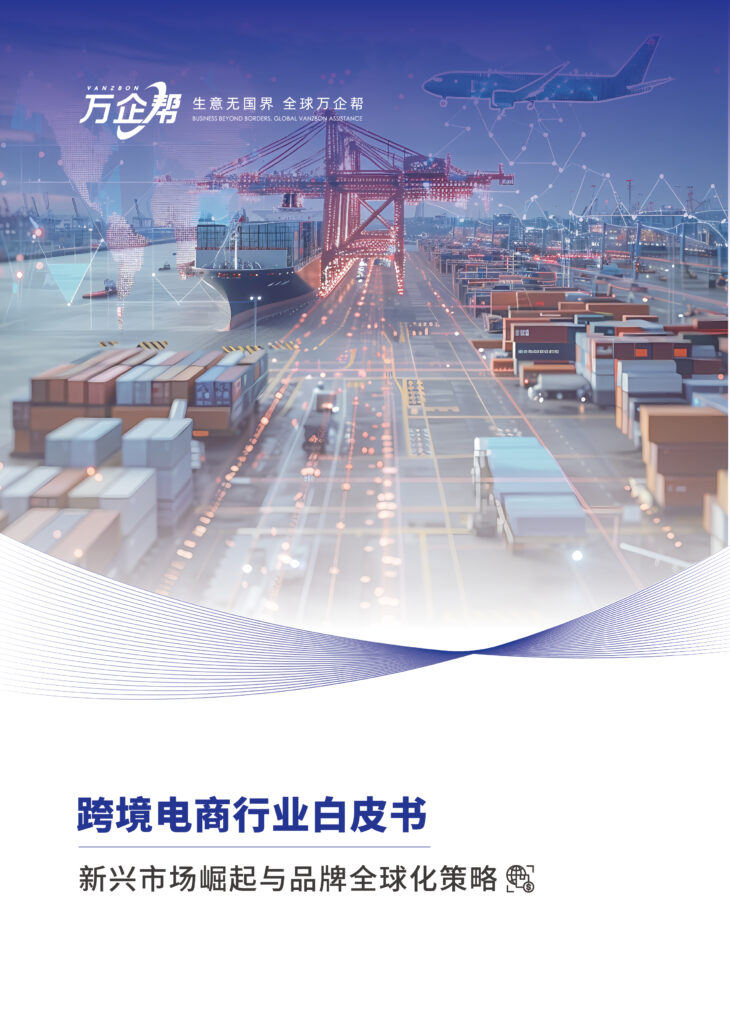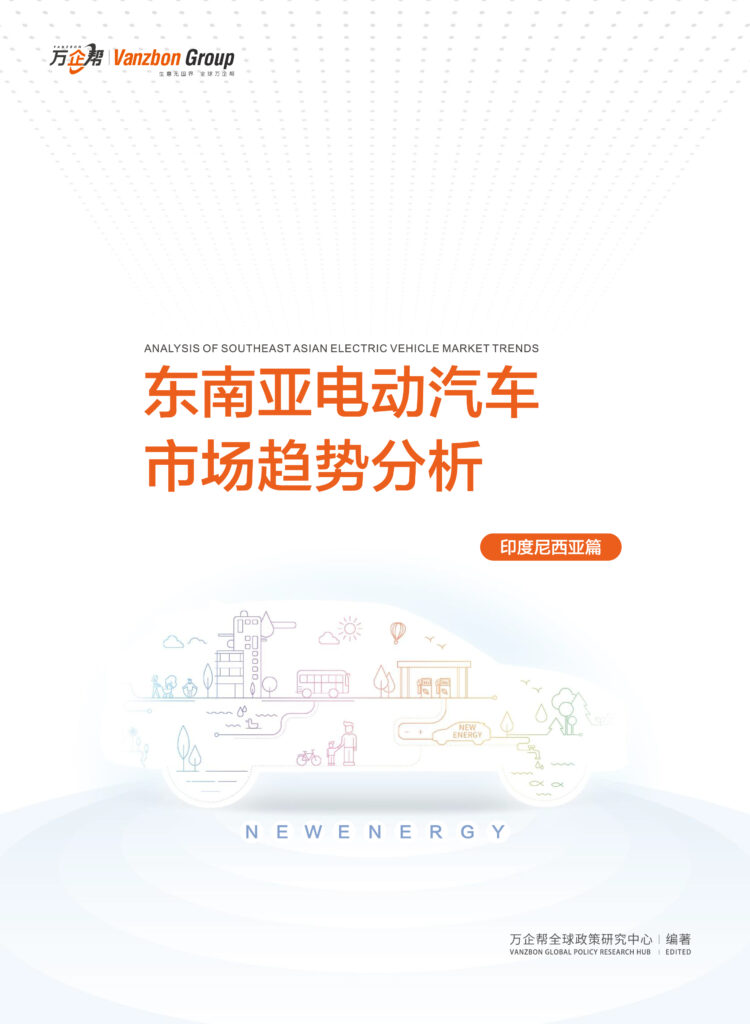With the continuous integration of the global economy and the growing strength of multinational corporations, transfer pricing issues have gradually become the focus of attention for tax authorities in various countries. As an important member of the global economy, Japan is constantly adjusting and improving its transfer pricing regulations to address changes and challenges in the international tax environment. This article will provide a detailed analysis of Japan’s latest transfer pricing regulations and compliance requirements, helping enterprises better understand and respond to these complex tax regulations.
Background and Overview of Japan’s Transfer Pricing Regulations
Transfer pricing refers to the prices determined for goods, services, and intangible assets transferred between related enterprises. In the field of international taxation, transfer pricing issues relate to the base erosion and profit shifting of multinational enterprises. Therefore, governments around the world implement strict transfer pricing regulations to prevent enterprises from using related-party transactions for tax planning and reducing national tax revenues.
1.1 Origin and Development of Japan’s Transfer Pricing Regulations
Japan’s transfer pricing regulations originated in 1986, with initial transfer pricing rules established based on the Special Taxation Measures Law and International Taxation Ordinance. In 1998, the Japanese government comprehensively revised these regulations, clarifying the principles, methods, and reporting requirements for transfer pricing adjustments. In recent years, Japan has made further adjustments to its transfer pricing regulations to adapt to economic globalization and the requirements of the BEPS Action Plan.
1.2 Purpose of Japan’s Transfer Pricing Regulations
The main purpose of Japan’s transfer pricing regulations is to prevent multinational enterprises from manipulating profit allocation through transfer pricing, reducing their taxable amount in Japan, and thus protecting the national tax base. By stipulating reasonable transfer pricing methods and reporting requirements, Japanese tax authorities can effectively supervise the related-party transactions of multinational enterprises and ensure their compliance with the arm’s length principle.
1.3 Scope of Application for Transfer Pricing
Japan’s transfer pricing regulations apply to all enterprises operating within Japan, including Japanese domestic enterprises and their overseas affiliated companies, as well as branches of foreign enterprises established in Japan. The regulations cover all forms of related-party transactions, including but not limited to the sale of goods, provision of services, transfer of intangible assets, and financing transactions.
Key Points of Japan’s Transfer Pricing Regulations
Japan’s transfer pricing regulations include a series of key points, including the application of the arm’s length principle, selection of transfer pricing methods, documentation preparation requirements, reporting obligations for related-party transactions, and the investigative powers of tax authorities.
2.1 Arm’s Length Principle
The arm’s length principle is the foundation of transfer pricing regulations. According to this principle, the transaction prices between related enterprises should be consistent with the prices reached between unrelated enterprises under the same or similar conditions. When reviewing an enterprise’s transfer pricing, Japanese tax authorities typically compare related-party transactions with comparable transactions between independent enterprises to determine whether the pricing complies with the arm’s length principle.
2.2 Selection of Transfer Pricing Methods
Japan’s transfer pricing regulations provide multiple acceptable pricing methods, and enterprises can choose the most appropriate method based on the nature of the specific transaction and data availability. These methods mainly include:
Comparable Uncontrolled Price Method: Compares the price of related-party transactions with similar transactions between unrelated enterprises.
Resale Price Method: Calculates a reasonable price for related-party transactions based on the resale price, deducting a reasonable gross profit margin.
Cost Plus Method: Determines the price of related-party transactions by adding a reasonable profit rate to the transaction cost.
Transactional Net Margin Method: Determines a reasonable transfer price by calculating the net profit margin of the tested party and comparing it with the net profit margins of comparable companies.
Profit Split Method: Allocates the comprehensive profits between related enterprises according to reasonable profit allocation rules.
When selecting a transfer pricing method, enterprises should consider factors such as the specific circumstances of the transaction, data availability, method applicability, and consistency of results. Japanese tax authorities encourage enterprises to prioritize methods that most reliably reflect the arm’s length principle.
2.3 Documentation Preparation and Retention Requirements
To ensure enterprises comply with transfer pricing regulations, the Japanese government requires them to prepare and retain detailed transfer pricing documentation. These documents typically include:
Master File: Outlines the group’s global business operations, transfer pricing policies, and global profit allocation.
Local File: Specifically describes the business activities of the Japanese entity, details of related-party transactions, and the selection and application of transfer pricing methods.
Country-by-Country Report: For multinational enterprise groups with annual revenues exceeding 75 billion yen, a country-by-country report detailing tax and financial information for each country must be submitted.
Enterprises should prepare these documents promptly after the end of each accounting year and provide them upon request by tax authorities. The quality and completeness of the documentation directly affect the enterprise’s transfer pricing compliance and the tax risks it faces.
2.4 Reporting Obligations for Related-Party Transactions
According to Japan’s transfer pricing regulations, enterprises must disclose their transactions with related parties when filing annual tax returns, including transaction amounts, types of transactions, related party information, and transfer pricing methods used. For related-party transactions above a certain scale, enterprises also need to provide detailed pricing bases and supporting documents.
2.5 Investigative Powers of Tax Authorities
Japanese tax authorities have extensive powers to review enterprises’ transfer pricing situations. They can require enterprises to provide necessary documents and information, and have the authority to reassess and adjust enterprises’ related-party transactions. If tax authorities determine that an enterprise’s transfer pricing does not comply with the arm’s length principle, they have the right to make tax adjustments and collect relevant taxes, plus penalties and interest.
Updates and Changes in Japan’s Latest Transfer Pricing Regulations
In recent years, Japan has made some important updates and changes to its transfer pricing regulations to address changes in the global tax environment and the requirements of the BEPS Action Plan. These changes mainly focus on the following aspects:
3.1 Introduction of Amendments to the International Taxation Ordinance
In 2018, Japan revised the International Taxation Ordinance, further clarifying the reporting and documentation requirements for transfer pricing. The revised regulations require enterprises to record and disclose more detailed information about their related-party transactions and provide more comprehensive pricing bases.
3.2 Strengthening Documentation Preparation Requirements
The new regulations further strengthen the requirements for enterprises in preparing transfer pricing documentation. Particularly for multinational groups, Japan requires enterprises to prepare master files and local files to explain in detail the group’s overall pricing policy and the pricing basis for specific transactions. Additionally, the requirements for country-by-country reporting have been strengthened, with enterprises with annual revenues exceeding 75 billion yen required to submit country-by-country reports to provide more transparent global tax and financial information.
3.3 Promoting Multilateral Tax Cooperation
To enhance international tax cooperation and information exchange, Japan has participated in the signing and implementation of multilateral tax agreements. The new regulations encourage enterprises to disclose more detailed information in their transfer pricing documentation to enable tax authorities to conduct cross-border tax reviews and adjustments more effectively.
How Enterprises Can Respond to Japan’s Transfer Pricing Compliance Requirements
Faced with increasingly strict transfer pricing regulations, enterprises need to take proactive measures to ensure that the pricing of their related-party transactions complies with the arm’s length principle, reducing tax risks and compliance costs.
4.1 Developing Transfer Pricing Policies
Enterprises should develop clear transfer pricing policies covering all types of related-party transactions. Transfer pricing policies should be based on the arm’s length principle, fully considering factors such as the enterprise’s business model, market environment, and relationships with related parties. Policy formulation should be supported by senior management and effectively implemented within the enterprise.
4.2 Selecting Appropriate Transfer Pricing Methods
Enterprises should choose the most appropriate transfer pricing method based on the nature of the specific transaction and data availability. Priority should be given to methods that most reliably reflect the arm’s length principle, ensuring that the application of the method complies with the requirements of Japan’s transfer pricing regulations.
4.3 Preparing and Maintaining Transfer Pricing Documentation
Enterprises should promptly prepare and maintain transfer pricing documentation, including master files, local files, and country-by-country reports. The documentation should be complete and accurate, fully supporting the enterprise’s pricing decisions and bases. Enterprises should also regularly review and update documentation to reflect changes in business and market conditions.
4.4 Strengthening Internal Control and Compliance Management
Enterprises should establish sound internal control mechanisms and strengthen the management and monitoring of related-party transactions. Enterprises can set up dedicated transfer pricing compliance teams or engage external professional institutions to ensure that the pricing and reporting of their related-party transactions comply with the requirements of Japan’s transfer pricing regulations.
4.5 Conducting Regular Transfer Pricing Risk Assessments
Enterprises should conduct regular transfer pricing risk assessments to identify potential tax risks and compliance issues. Based on the assessment results, enterprises should take appropriate remedial measures, adjust their transfer pricing strategies and policies, and reduce tax risks.
Transfer Pricing Dispute Resolution Mechanisms
In Japan, if enterprises are dissatisfied with the transfer pricing adjustment decisions made by tax authorities, they can resolve disputes through various channels. These channels mainly include:
5.1 Advance Pricing Agreement (APA)
An Advance Pricing Agreement refers to an agreement reached between an enterprise and tax authorities on the pricing methods and results for related-party transactions over a certain future period. By entering into an APA, enterprises can obtain approval from tax authorities in advance, reducing the risk of future tax disputes. Japan’s APA procedures include unilateral APAs and bilateral/multilateral APAs, and enterprises can choose the appropriate type according to their needs.
5.2 Mutual Agreement Procedure (MAP)
The Mutual Agreement Procedure refers to enterprises applying to tax authorities to resolve international tax disputes through bilateral negotiations with relevant countries’ tax authorities. The MAP procedure is typically used to resolve issues involving double taxation and can effectively reduce the tax burden on multinational enterprises.
5.3 Administrative Review and Litigation
Enterprises can choose to apply for administrative review to a higher-level tax authority or file a lawsuit in court to seek legal remedies. These procedures may require longer time and higher costs but may be necessary means of rights protection in certain situations.
Conclusion and Recommendations
Japan’s transfer pricing regulations are becoming increasingly strict and complex, and enterprises need to pay high attention to transfer pricing compliance management. By developing clear transfer pricing policies, selecting appropriate pricing methods, and promptly preparing and maintaining transfer pricing documentation, enterprises can effectively reduce tax risks and improve compliance levels. Additionally, enterprises should conduct regular risk assessments and actively respond to potential tax challenges and disputes. By taking these measures, enterprises can better cope with Japan’s increasingly strict transfer pricing compliance requirements and ensure the sustainable development of their businesses.
Through this detailed analysis, it is hoped that enterprises can better understand Japan’s transfer pricing regulations and compliance requirements, take proactive measures to address these complex tax challenges, and safeguard their global operations and development.








